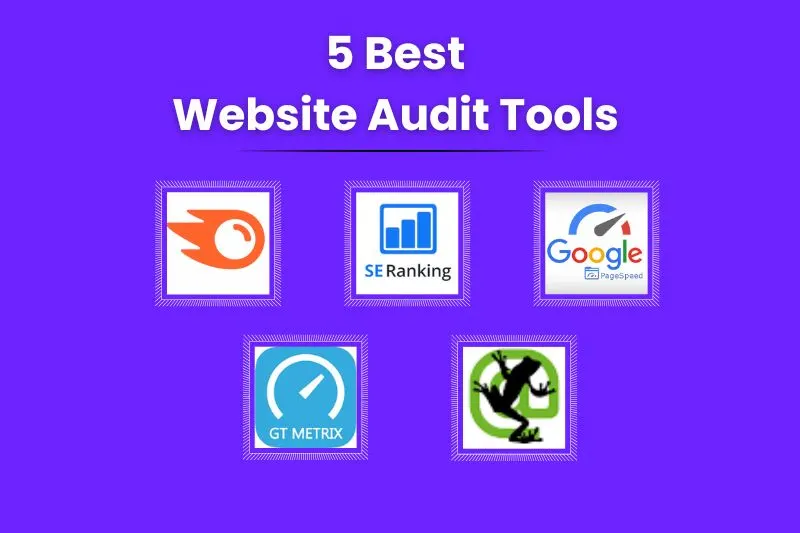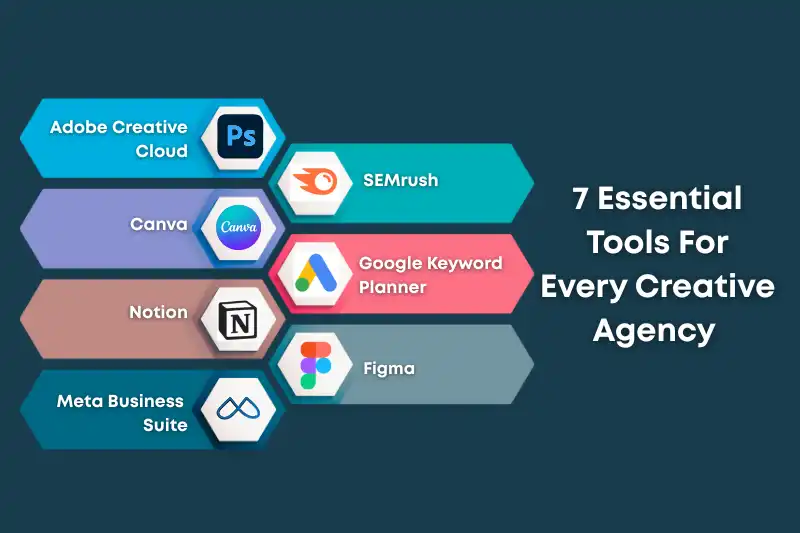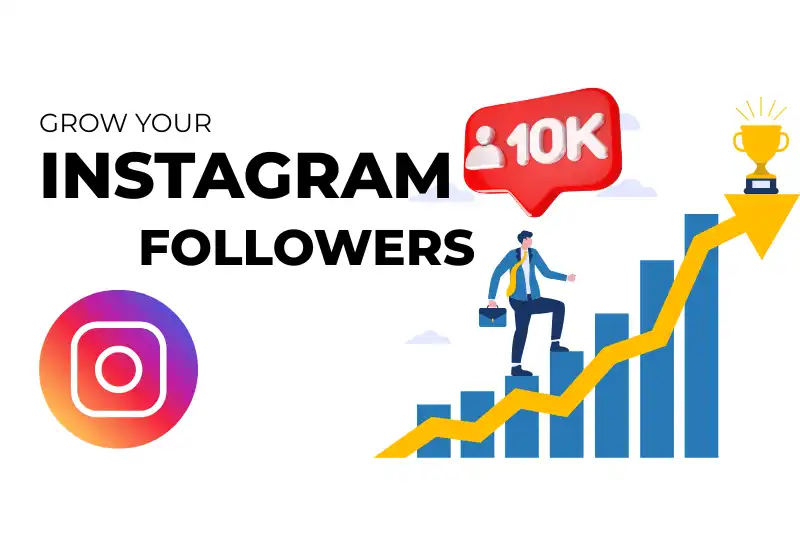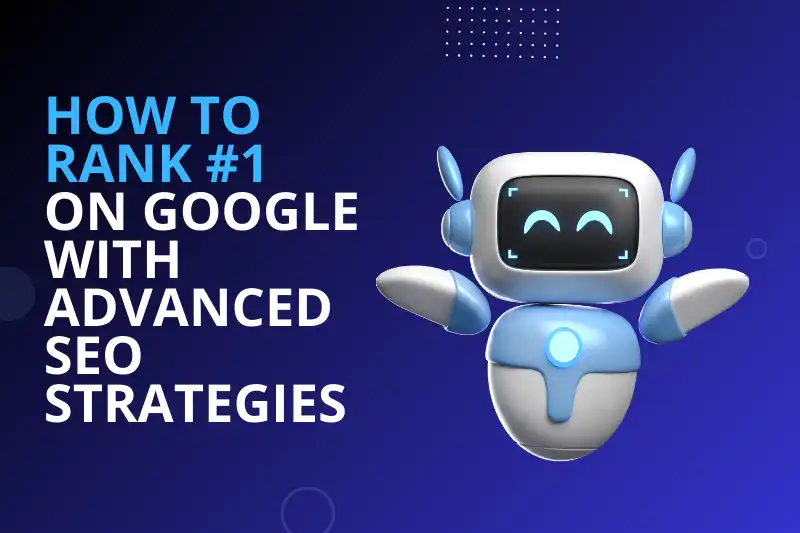1. Develop a Strong Brand Identity
A robust brand identity forms the basis of any personal brand strategy. To understand the approach of building a strong brand identity better, it is crucial to first define the concepts of your brand.
Clear Brand Message: Before launching the brand, you need to establish what it means, your mission statement and what makes your brand special; in short, assimilate its distinct selling points. The message of your brand should be loud and clear to your target consumers and help position your brand against others.
Consistent Visual Identity: Familiarize yourselves with the logo and incorporate it into all forms of advertisement or business communication.Remember to maintain the color scheme, typography and imagery as you transition from one media to another. This principle of consistency strengthens the recognition of the brand and forms the foundation of trust, which is a crucial objective of the process of branding.
Brand Voice: Claim your brand’s tone and style that will enable it to stand out from the others. Regardless of the tone, whether it be professional, informal or humorous, the brand voice should always remain the same in all communications, both with the employees and customers alike.
Also, Read- How to Choose a Digital Marketing Agency?
2. Optimize Your Website for User Experience (UX)
For overall website optimization and improvement, the focus must always be on the complete experience any user would have.
Mobile Responsiveness: Check your website compatibility with mobile devices. A site needs to have good usability on a mobile device since about 50% of the customers use mobile devices.
Fast Loading Times: Make full use of browser cache, and content delivery, and opt for image file optimization for faster web page loading. One important parameter that defines how people interact with a site is its loading time.
Easy Navigation: Ensure the interface is easy to use and comes with a simple, clutter-free, professionally designed layout. A user should be able to locate products or anything he or she is searching for, easily.
High-Quality Product Images and Descriptions: Simply illustrate your products, but make sure to use high-quality pictures that are keen on the features that are described.
3. Implement Effective SEO Strategies
Keyword Research: Some helpful tools in this area are Google Keyword Planner, Keyword Generator by Ahrefs, SEMrush, etc., for recognizing market keywords related to products. One should concentrate on both the core as well as less utilized keywords.
On-Page SEO: This includes optimizing title tags, meta descriptions, headers, and URLs including relevant keywords. Ensure that each of them contains information related to the particular product, which needs to be optimized separately.
Content Marketing: Produce quality content in the form of blogs, articles and videos to the intended audience by understanding what they are looking for. This can help get organic traffic to the site and also help the brand gain more recognition as an authority in the niche.
Link Building: Gather only quality backlinks from authoritative sites for your site to increase its rankings with the search engines.
Must Read- How to Get Your Website to Rank Higher on Google?
4. Leverage Social Media and Influencer Marketing
A business must use Social Media and Influencer Marketing to its full potential to turn it into a marketing advantage.
Social Media Presence: Build a robust presence on the key social media platforms that are relevant to your target market. Create posts to entertain, contribute to discussions, and push sales.
Influencer Collaborations: Get acquainted with the opinion of leaders who share your vision for the company, its products and services, along with having a large number of followers who will find your content interesting. Other techniques that can also increase brand visibility are social media endorsements by influencers.
User-Generated Content: There should be a focus on your customers who share their experience with your products on social networks. People’s opinions, in the form of text, voices, or images, including even friends and other recognizable personalities, can impact the purchasing decisions of other people.
5. Utilize Email Marketing
Build an Email List: Some of the ways you can gather email addresses include calling the list of people who registered on your website, anyone who participated in a contest, or anyone who opted to receive special offers. Divide the email list based on activities like the way they use your products, what they want to purchase, etc.
Personalized Campaigns: Automate personalized email newsletters and occasional offers correlating with products and services most likely to interest each segment. The specificity of any particular message creates a high level of user interest and tends to lead to action.
Automated Workflows: This is where auto-responders are useful; use them to send follow-up emails with the cart details, post-purchase reminders or to simply remind the customer that the store is open for business.
Conclusion
Managing any brand demands a strong hold on its identity, usability, search visibility, social networks, email engagement, customer support, conversion rates, and many other factors. Using these strategies, a brand can implement and improve its online sales, increase the flow of customers and achieve sustainable growth in the modern e-commerce world.In the end, consistent practice and constant improvement of skills are the most significant determinants of success and cutting-edge excellence.
Does it look like a tedious job? Not for us!
Get in touch with us to make your e-commerce website a success.










